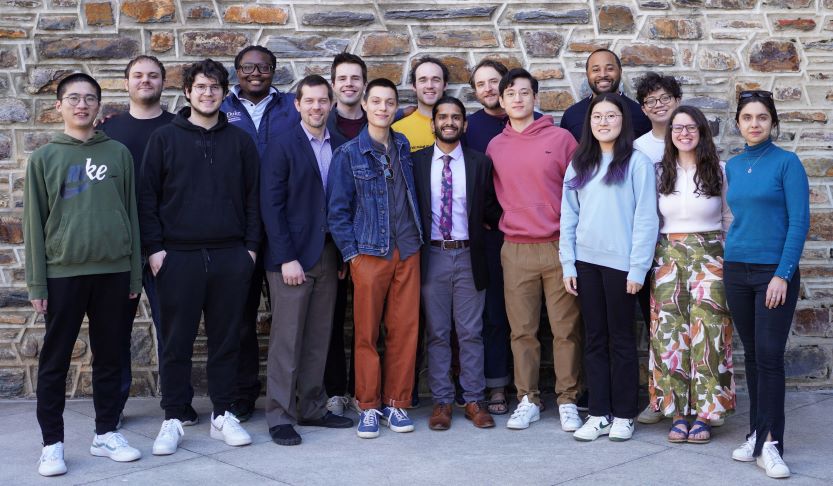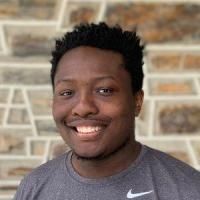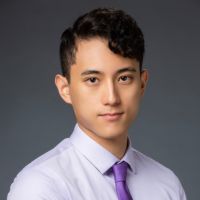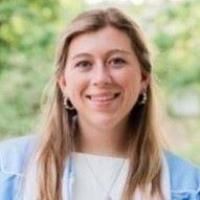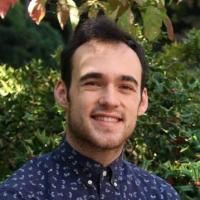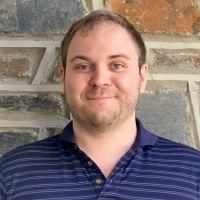Pearson Lab
What we do
What if we could record the activity of every cell in the human brain? If we knew every synapse of every cell, what questions would we ask? Like genetics twenty years ago, neuroscience is preparing for an explosion of data, but the tools and the models we use to understand that data have yet to benefit from modern advances in computer science, engineering, and statistics.
At P[λ]ab, we are building the next generation of modeling and analysis tools for brain data. This involves not only building better pipelines for collecting and analyzing terabyte-scale data, but also designing and implementing the algorithms that will help to interpret these data successfully.
We believe that the best hope for treating brain disorders is the discovery of fundamental principles underlying brain activity. Theory is essential, but the best theory happens in conversation with data. That’s why we work closely with experimentalists to build tools that not only make sense of existing data but suggest new hypotheses and new directions.
What we value
Open Science
We code in the open. We share data. Communicating science requires finding and telling the stories in our data, but these stories are worthless if they don’t stand up to scrutiny from the community.
Natural Behavior
Nothing in neuroscience makes sense except in light of behavior.1 We prefer behaviors like foraging and stimuli like movies because they give us the opportunity to study the brain in something closer to its normal working mode.
Dynamics
The brain functions in a rapidly changing environment and is itself an organ with complex internal dynamics. We favor models and methods that incorporate this behavior, particularly those drawn from the physics and statistics of dynamical systems.
Public Health Impact
The goal of neuroscience is not just to understand the brain, it’s to help those suffering from brain disorders. Because our greatest impact comes from making the jump from the lab to the clinic, we collaborate with physicians to perform studies in patient populations.
Pearson Publications
O’Neill, Kevin, Paul Henne, Paul Bello, John Pearson, and Felipe De Brigard. “Confidence and gradation in causal judgment.” Cognition 223 (June 2022): 105036. https://doi.org/10.1016/j.cognition.2022.105036.
Martinez, Miles, and John Pearson. “Reproducible, incremental representation learning with Rosetta VAE,” January 13, 2022.
Vihani, Aashutosh, Maira Nagai, Conan Juan, Claire de March, Xiaoyang Hu, John Pearson, and Hiroaki Matsunami. “Encoding of odors by mammalian olfactory receptors,” December 28, 2021. https://doi.org/10.1101/2021.12.27.474279.
Singh Alvarado, Jonnathan, Jack Goffinet, Valerie Michael, William Liberti, Jordan Hatfield, Timothy Gardner, John Pearson, and Richard Mooney. “Neural dynamics underlying birdsong practice and performance.” Nature 599, no. 7886 (November 2021): 635–39. https://doi.org/10.1038/s41586-021-04004-1.
Jun, Na Young, Greg D. Field, and John Pearson. “Scene statistics and noise determine the relative arrangement of receptive field mosaics.” Proc Natl Acad Sci U S A 118, no. 39 (September 28, 2021). https://doi.org/10.1073/pnas.2105115118.
Draelos, Anne, Pranjal Gupta, Na Young Jun, Chaichontat Sriworarat, and John Pearson. “Bubblewrap: Online tiling and real-time flow prediction on neural manifolds,” August 31, 2021.
Goffinet, Jack, Richard Mooney, John Pearson, and Samuel Brudner. “Data from: Low-dimensional learned feature spaces quantify individual and group differences in vocal repertoires,” May 24, 2021. https://doi.org/10.7924/r4gq6zn8w.
Goffinet, Jack, Samuel Brudner, Richard Mooney, and John Pearson. “Low-dimensional learned feature spaces quantify individual and group differences in vocal repertoires.” Elife 10 (May 14, 2021). https://doi.org/10.7554/eLife.67855.
Albuquerque, Daniela de, Jack Goffinet, Rachael Wright, and John Pearson. “Deep Generative Analysis for Task-Based Functional MRI Experiments,” April 4, 2021. https://doi.org/10.1101/2021.04.04.438365.
Roy, Suva, Na Young Jun, Emily L. Davis, John Pearson, and Greg D. Field. “Inter-mosaic coordination of retinal receptive fields.” Nature 592, no. 7854 (April 2021): 409–13. https://doi.org/10.1038/s41586-021-03317-5.
Pearson Lab Photos
